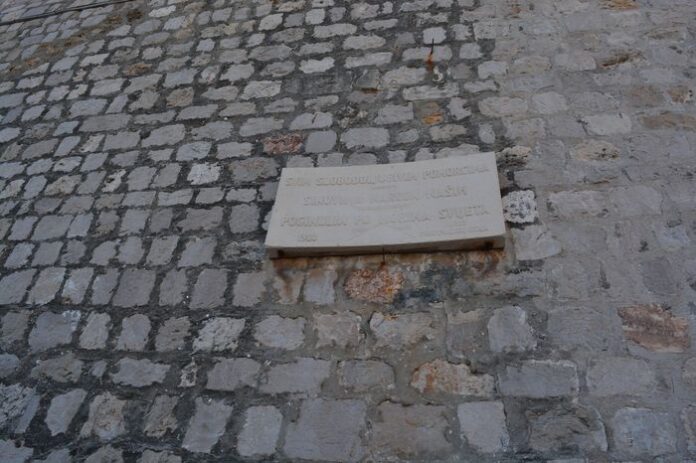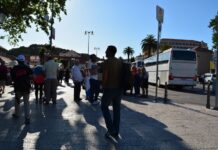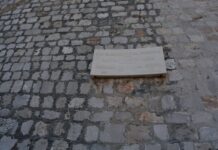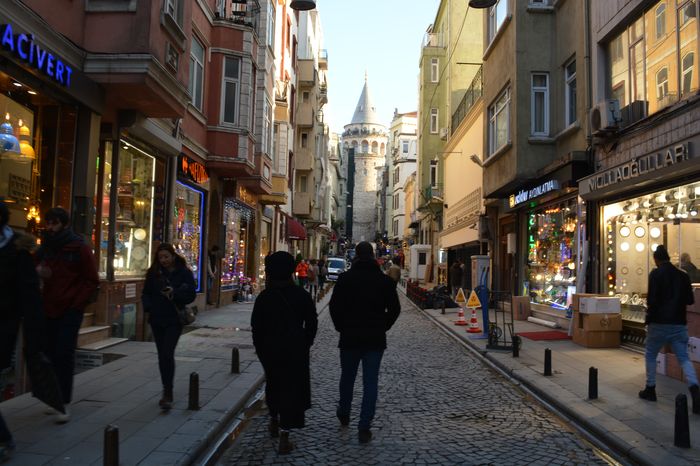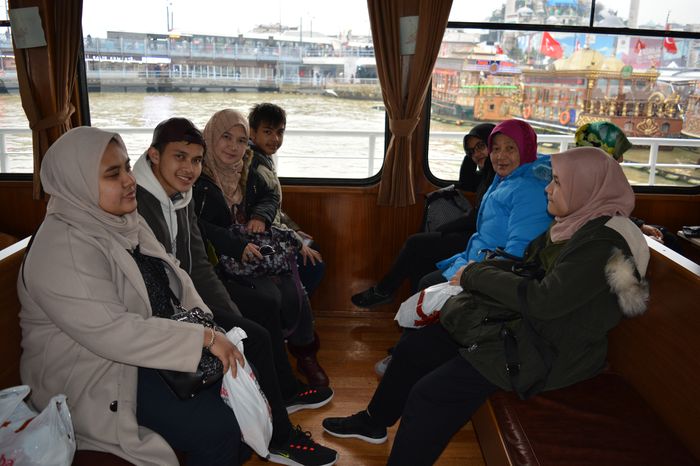The suburb in question was near Cosmidion, which made it easy for the Bulgarians under Crum to attack St. Mamas from their camp near the Church of SS. Cosmas and Damianus. The area was also close to the winter quarters, as it had a harbor. Descriptions from various sources place the suburb near several important locations: the Propontis, the Euxine, and the Bosporus (Zonaras). These names were used more broadly in historical texts City Tour Sofia.
At the same time, the Church of St. Mamas was located near the walls . While this does not necessarily mean the church was right outside the gate, it suggests that the church was close enough to be easily accessible from the Porta Xylokerkou. This is similar to how the Church of the Pege was related to the Gate of Selivria. Such descriptions would make sense if there was a road leading to St. Mamas and the Golden Horn that branched off from the main road near the Porta Xylokerkou.
Contributions of Leo the Great
The suburb owes much to Leo the Great, who lived there for six months after a massive fire devastated the city during the twelfth year of his reign (Paschal Chron., p. 598). Leo is credited with many of the constructions that made the suburb famous, including the harbor, portico, church, palace, and hippodrome.
The Church of St. Mamas is also associated with an officer during the reign of Justinian the Great and with the sister of Emperor Maurice. After their execution by Phocas, Maurice and his family were buried there.
The Palace and Other Historical Events
The palace in this area was often visited by Michael III, who was later murdered there by Basil I. Empress Irene and her son Constantine VI also stayed there after a severe earthquake in 790. The palace was also the site of Constantine VI’s marriage to Theodota.
Unfortunately, the palace was burned down by Crum of Bulgaria, but it seems to have been rebuilt quickly. Theophilus stayed there just before his triumphal entrance into the city The Sixth Military Gate and the Wooden Circus.
The Hippodrome and Constantine the Great
The hippodrome in the suburb might have originally been built by Constantine the Great out of wood, just outside the city. It was used by Chrysostom’s followers after his deposition, marking its importance in early Byzantine history.
The suburb near Cosmidion played a significant role in the history of Constantinople, being closely linked to major events and constructions. It was a place of imperial significance, with the Church of St. Mamas, the palace, and the hippodrome contributing to its legacy. The area’s importance continued through various periods, from the reign of Leo the Great to Justinian and beyond.
